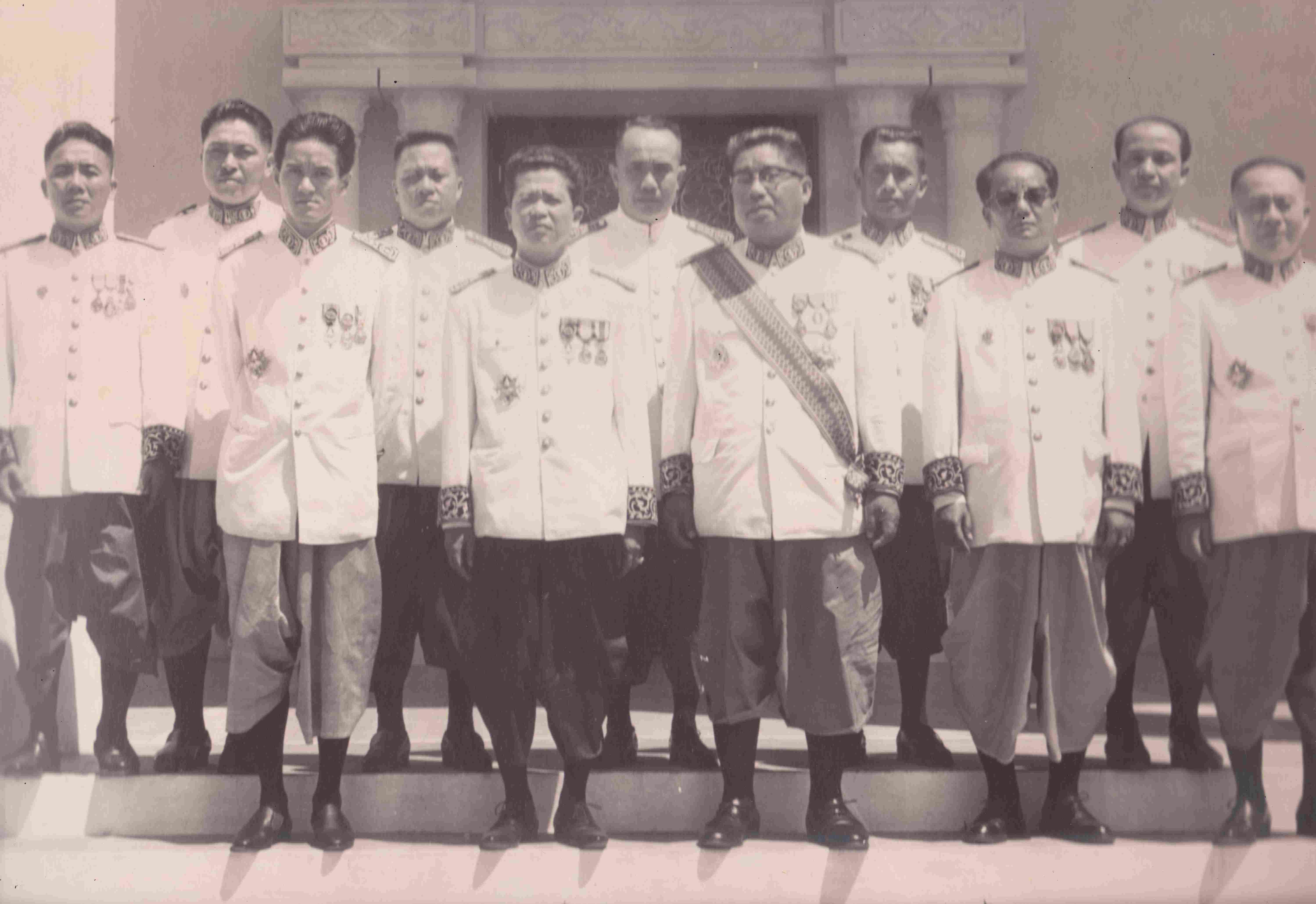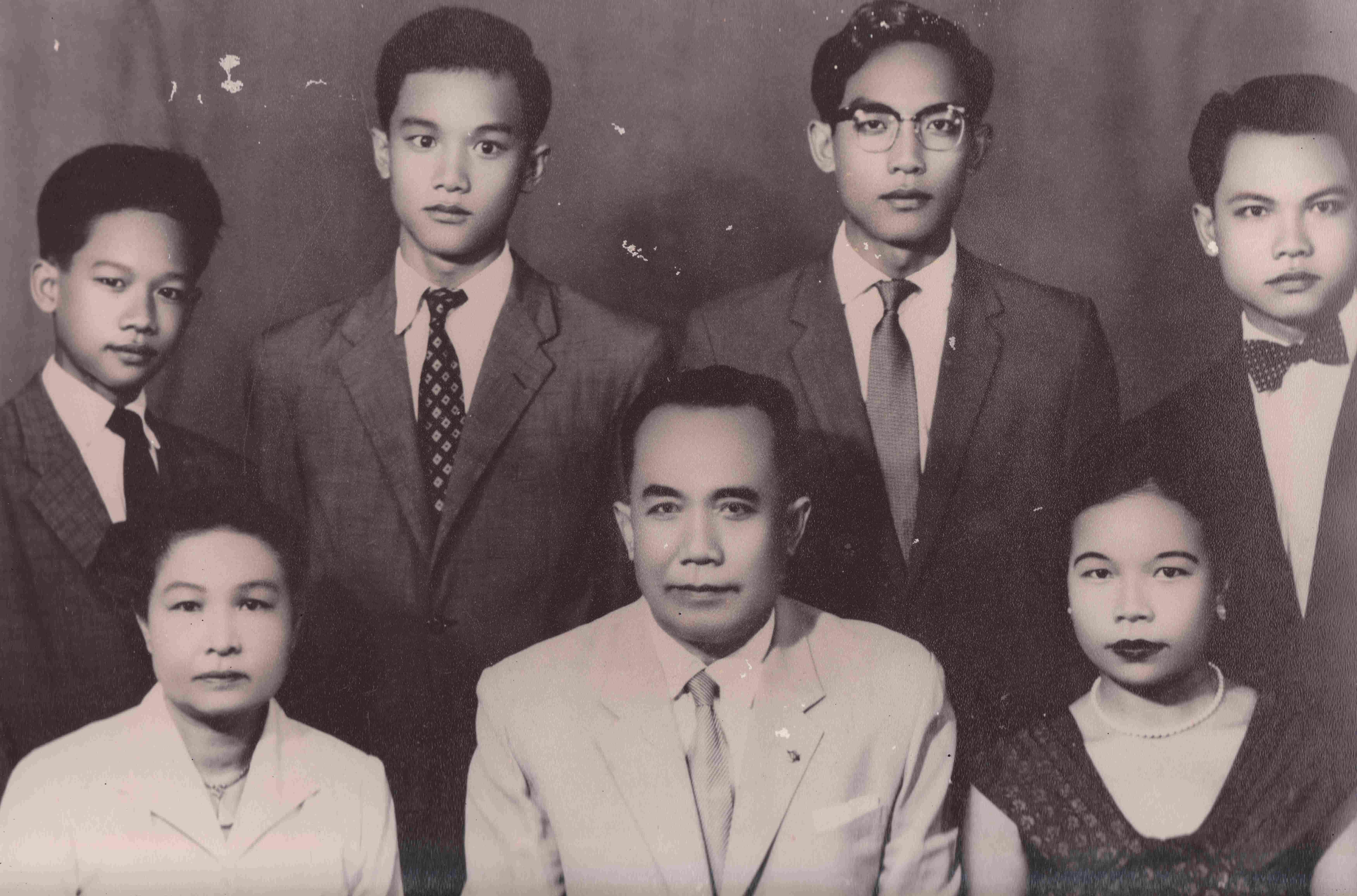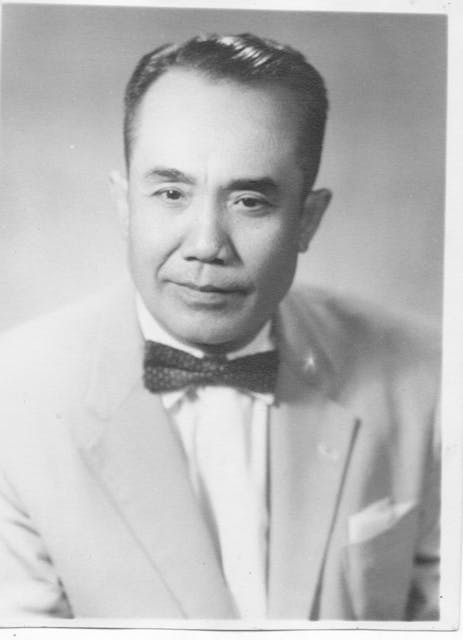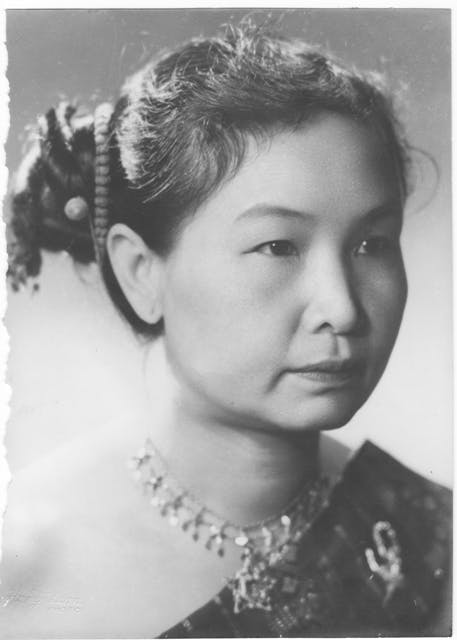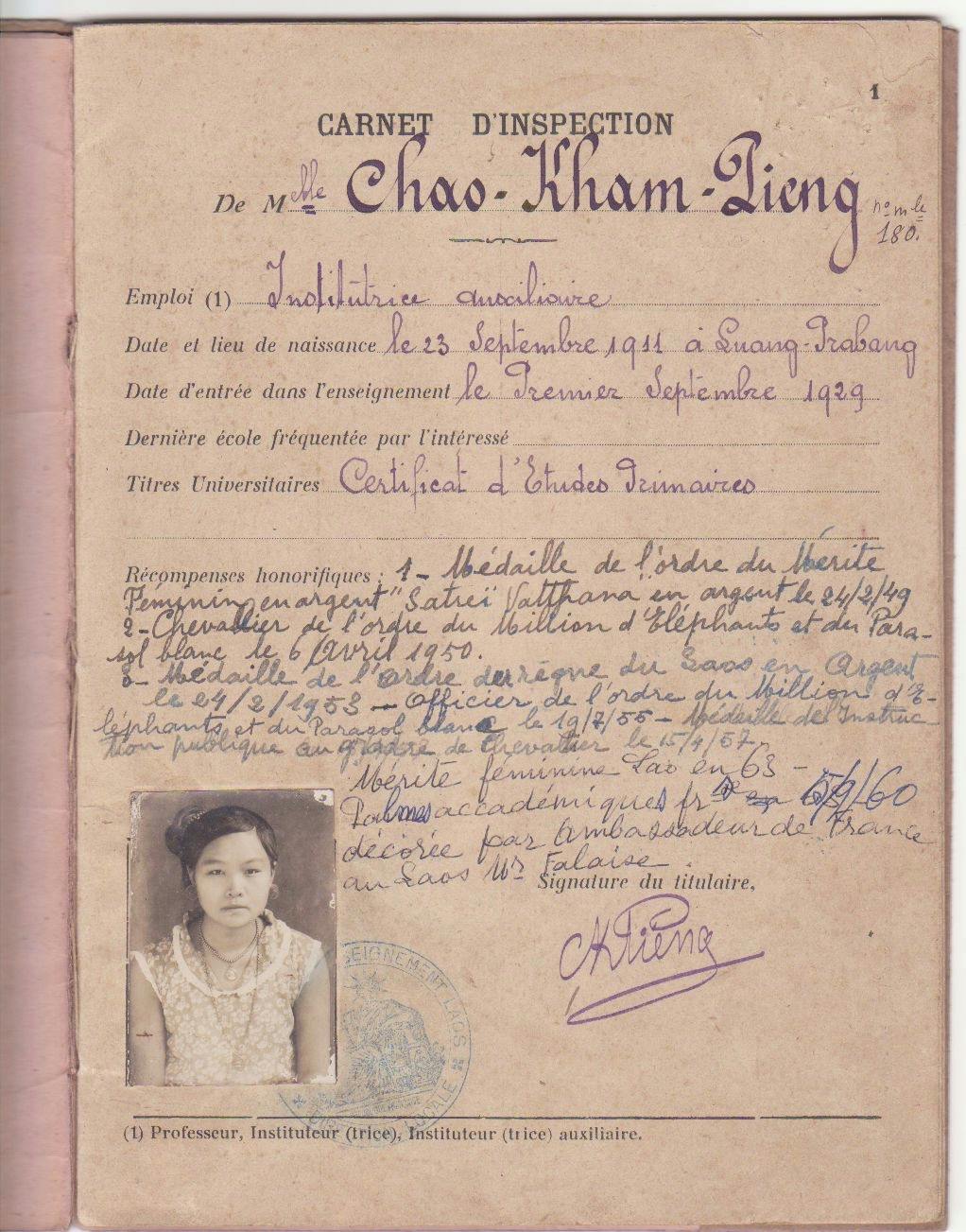History
In Southeast Asia, the great divide between the colonial and modern eras opened in the 1950s after the colonial French decamped for Europe, leaving Laos, Cambodia and Vietnam to fend for themselves as independent nations. What endures in the former colonies from before the 1950s is as captivating as relics from another age. And so it is with the history of Villa Maly.
His Royal Highness Khamtan Ounkham, a grandson of a Lao king, Kham Souk Zakarine, built the anchoring villa at Villa Maly, Plumeria, in 1938 and the first of his seven wives, Queen Pheng. Khamtan Ounkham was born in 1909.
Like many well-to-do Laotians of the day, his father sent Khamtan to Hanoi, where the boy made his way through the colonial educational system from the age of 7 to 20. His success as a student won him an appointment to France where he continued his studies for three more years.
Upon his return to Laos, Khamtan pursued a career in government. This was the ineluctable choice for a well-educated young man of royal pedigree. He served as prefect of the provinces of Vientiane, Luang Prabang and Sayabouri. In a surviving photo, Khamtan is a dapper administrator whose fashion cues, from bow tie to sport jacket, he took from the Europeans.
The young prefect married his cousin, Princess Khampieng, who was born in 1911. Like her husband, Khampieng was schooled in the colonial system. At 18, she was named an auxiliary instructor in the girls’ school of Luang Prabang. She devoted her life to national education and climbed through the ranks until she became principal of the first class in 1962.
It was actually Khampieng’s mother, Princess Vanthatmaly who built the villa, perhaps as her own residence or as a gift to her daughter. The traditional Lao house was wooden, raised on piles and split between private family rooms and a public terrace. The extended royal family favoured the nouveau designs brought by the French. They clustered their homes about the royal heart of the city.
Nowhere was the building more impressive than in the neighbourhood around Villa Maly. On the site of a pagoda, the Princess raised her residence in two generous stories, sheltered by a pitched roof of terra-cotta tiles and fronted by a portico. In this house, Khamtan and Khampieng raised four children.
In 1966, the eldest married a French woman in France. Another was a doctor whose fate is uncertain; a relative says he disappeared. A third child studied in Thailand, and a fourth became a pilot in the Royal Air Force and later moved to the United States.
In the early 1960s, Laos moved to the centre of the world stage in the West’s fight against communism. Indeed, many observers thought Laos would be the principal battleground in a war that, it turned out, was largely identified with Vietnam. As the Americans assumed a presence throughout Laos, they moved into Laos and into the Maly’s Plumeria. A cousin, who was the daughter of the Laotian ambassador to the United States from 1961 to 1966, said Americans occupied her aunt’s house in the mid-1960s.
Khamtan died in a plane crash on in February 1968 in the Sayabouri region. His wife continued to live on in the house until her own death in 1994. In her final years, her adopted children lived with her.
By 2001, the one-time private residence was in operation as Villa Vannida. After the death of the proprietor that year, his widow continued to run the six-room guesthouse for a year, but then shut down. A caretaker lived in the house until its acquisition by the Apple Tree Group in 2007, which turned it into a boutique hotel in Luang Prabang.

